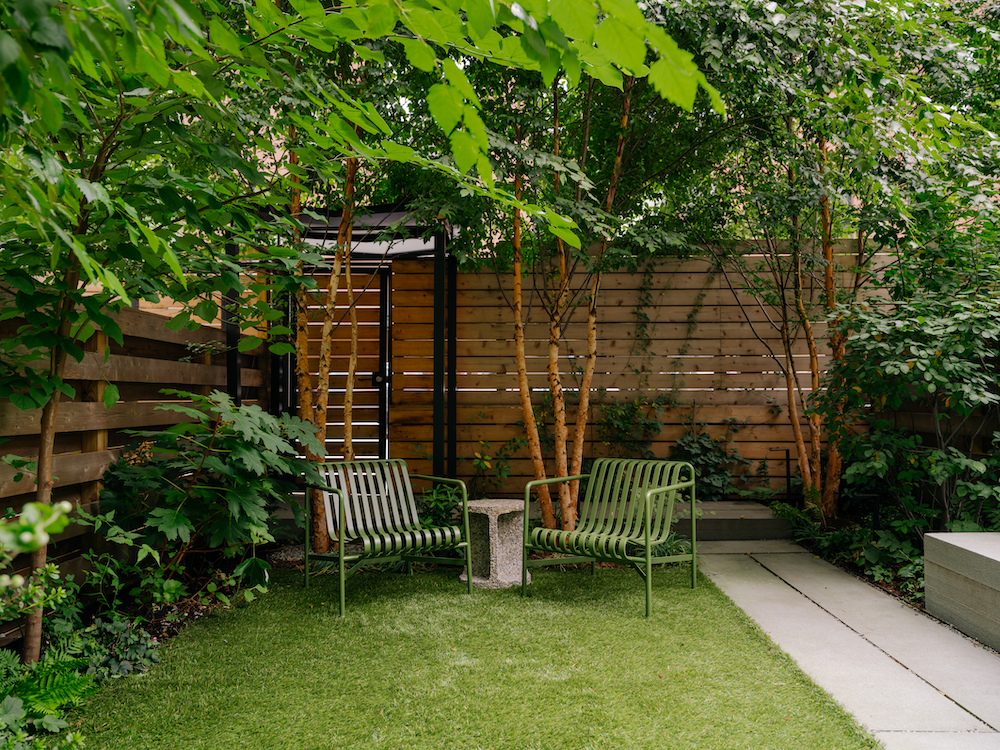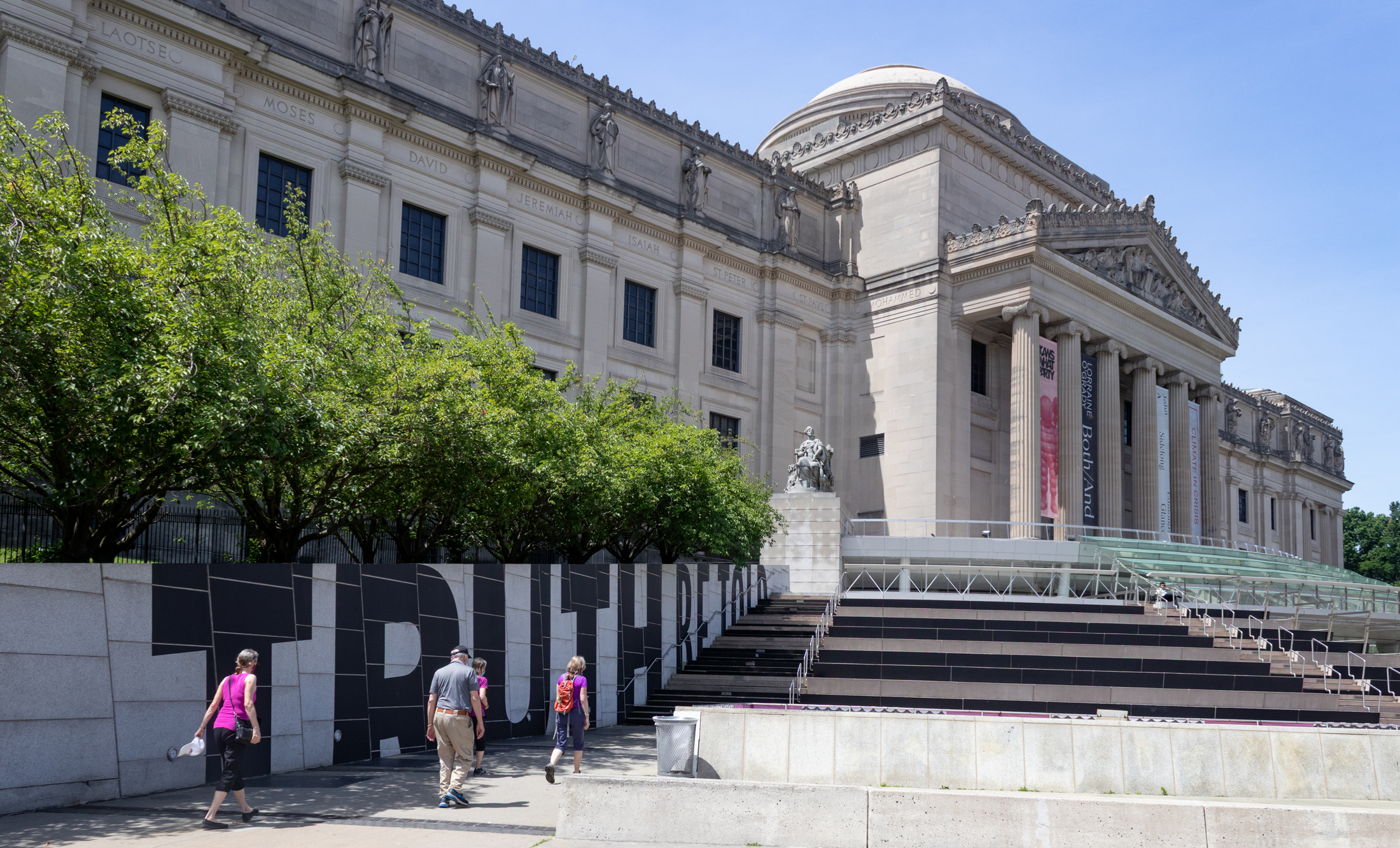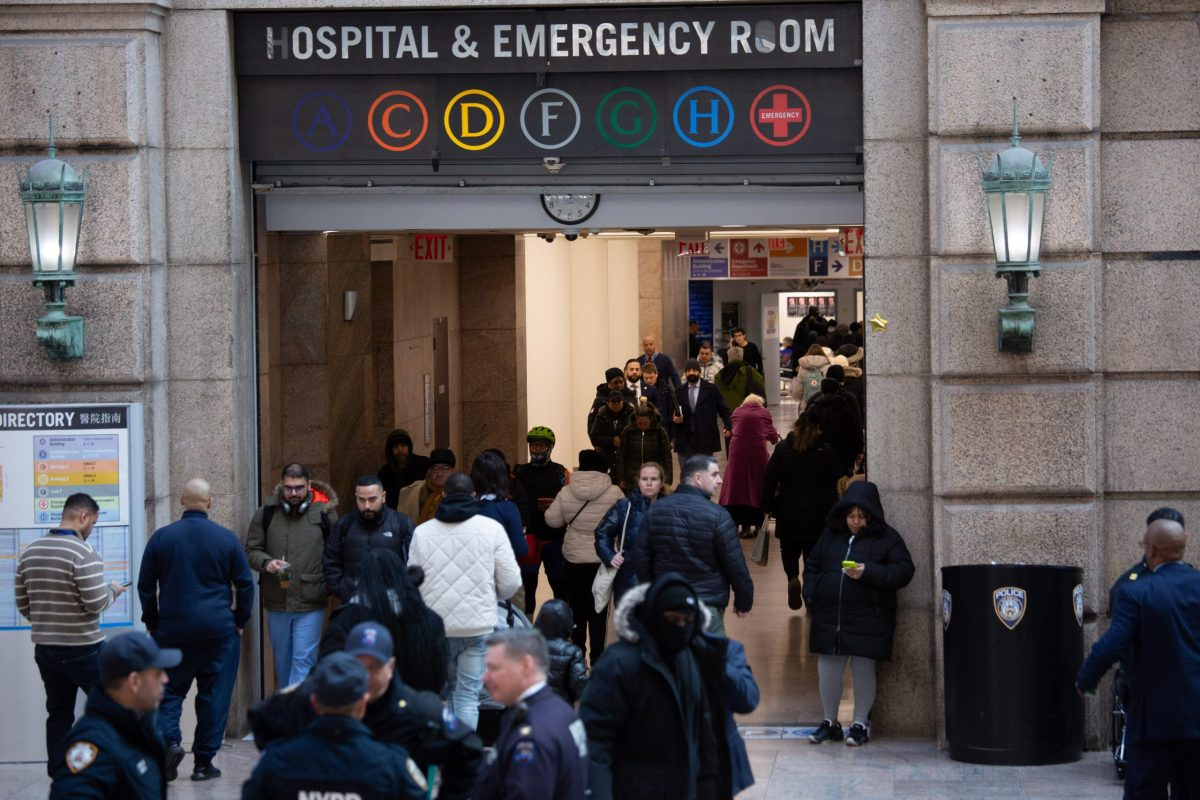Queens' Murray Hill
When most New Yorkers think of Murray Hill, they likely think of the area on the east side of Manhattan, just south of the United Nations between 34th and 42nd Street and east of Madison Avenue…and they well might, since its tree-lined streets harbor beautiful brownstones, high rise buildings and townhouses. It is home to…

When most New Yorkers think of Murray Hill, they likely think of the area on the east side of Manhattan, just south of the United Nations between 34th and 42nd Street and east of Madison Avenue…and they well might, since its tree-lined streets harbor beautiful brownstones, high rise buildings and townhouses. It is home to prominent professional, political and social clubs, as well as the recently renovated Morgan Library – a must visit for both NYers and visitors alike.
But this week, we’ll talk about the “other” Murray Hill, a neighborhood in Queens so secret that it toils in the shadow of its bustling, ambitious older brother Flushing. Like its namesake in Manhattan, it too is home to aged, eclectic and unusual architecture…but sadly, unlike Manhattan’s Murray Hill, its uniqueness is vanishing as we watch. It’s in Queens, after all.

The brick-faced neo-Gothic St. John’s Episcopal Church is one of southern Murray Hill’s relics; a parish has been here since the very beginnings of the enclave in the the 1890s. In 1920, this building on Sanford Avenue and 149th Place replaced an earlier church that had burned down.
Murray Hill has never been a small town on its own, as so many Queens neighborhoods like Long Island City, Jamaica, Flushing or Newtown (today’s Elmhurst) had been. It’s always been considered to be the eastern end of Flushing, and been a planned development carved out of Flushing’s vast acreage of plant nurseries in the late 1800s. In 1889 developer Frederick Dunton, a shareholder in the Long Island Rail Road, purchased large parts of the Robert Bowne Parsons estate, divided it into lots that quickly were snapped up. A railroad stop, school and firehouse were built (their descendants remain in place today, though the original school is now a modern structure (PS 22, the Thomas Jefferson School, on Sanford Avenue east of Murray Street). Murray Hill did develop a separate suburban identity from Flushing that it retains today; though multistory apartment builings were constructed near the Murray Hill RR station, they had a panache that today’s quickly proliferating multifamily buildings lack.
Ingleside was a specific area in southwest Murray Hill developed by the Realty Trust of New York between 1893 and 1899. In 1908 it was one of the first NYC neighborhoods to receive sewers, and in 1993, it received your correspondent, who moved to 43rd Avenue that year. In the early 20th Century it was pretty much swallowed up by Flushing, to its west, and Murray Hill, to its north.

Before the neighborhood was developed by Dunton, the Murray family also held a lot of land in the area, and of course partnered in some of Flushing’s former plant nurseries, and also owned the Kingsland mansion on 37th Avenue that is now the home of the Queens Historical Society. Murray Lane is likely a former private carriage lane, and its traffic has largely been assumed by the much wider Murray Street which has been left un-numbered as a tribute to the area’s prominent former owners.

 Was Buster Brown from Murray Hill? Why yes, he was, since his “father,” Ohio-born cartoonist/satirist Richard Fenton Outcault (1863-1928), lived in Murray Hill on today’s 147th Street. Buster first appeared in the New York Herald and other Hearst newspapers in 1902, and Buster Brown Shoes were introduced at the 1904 World’s Fair in St. Louis, MO, as a division of Brown Shoe, formed in St. Loo in 1878 by George Warren Brown.
Was Buster Brown from Murray Hill? Why yes, he was, since his “father,” Ohio-born cartoonist/satirist Richard Fenton Outcault (1863-1928), lived in Murray Hill on today’s 147th Street. Buster first appeared in the New York Herald and other Hearst newspapers in 1902, and Buster Brown Shoes were introduced at the 1904 World’s Fair in St. Louis, MO, as a division of Brown Shoe, formed in St. Loo in 1878 by George Warren Brown.
R.F., whose earlier character, the Yellow Kid, was the first recurring comic character after his introduction in Hogan’s Alley in the NY World in 1895, stayed with Buster until leaving the Herald in 1906. Hearst sued to keep the Buster Brown name and continued to present the character as drawn by other artists till 1911. Outcault drew Buster-ish looking character until 1921, but he could not use the name.
Buster (who looks a bit like Carol Channing here in the artwork), sister Mary Jane (who inspired a girls’ shoe style herself) and the eternally bizarre-looking Tige promote a Flushing real estate development in about 1905. Like Hobbes the tiger and Michigan J. Frog, Tige would speak or react only to his owner. In the nineteen-ohs, Buster would be portrayed at carnivals by dwarves.

On the block of 146th Street between Bayside Avenue and 29th Road we find a Tudor-palooza, with gorgeous dwellings bordered by wide lawns and no sidewalks.

The area on Murray Hill/Auburndale border, concentrated on 35th, 33rd and 32nd Avenues and between 154th Street and Utopia Parkway (just north of Northern Boulevard) is seeking its own landmarked district, and it isn’t hard to see why when you view these beautiful homes, all on 160th Street in the area. It is known to residents as Broadway, for the local Long Island Rail Road station (long a crumbling wreck, it was only restored after I moved away to Little Neck). Northern Boulevard in the area has been formerly called both Broadway and Jackson Avenue.

Bayside Avenue doesn’t go to Bayside, or rather, it doesn’t anymore. (That’s OK, Flushing Avenue doesn’t go to Flushing.) It used to … but the eastern end was renamed 29th and 28th Avenues (northeast of Utopia Parkway) when the Queens Topographical bureau began to work its dubious magic in the mid-1910s to number most Queens streets). Presently, Bayside Avenue runs between Union Street and the junction with 29th Avenue at 154th Street.
Between 146th and 150th Streets, Bayside Avenue is home to several preservation-worthy homes, including the marvelous Victorian-era jewel box shown here, that your correspondent calls the most beautiful small house in Queens. Enjoy while it lasts.

Bowne Park, between 29th and 32nd Avenues and 155th and 159th Streets, is one of Murray Hill’s two major parks, along with Kissena just to its south.
It is named in honor of Walter Bowne (1770-1846), who served as a State Senator and as New York City Mayor. Bowne’s summer residence stood on this property until March 1925, when fire destroyed the building, and the land was acquired by the NYC Parks Department in June of that year. While Walter Bowne served as mayor before Queens joined NYC in 1898, he is a descendant of Flushing’s John Bowne, who in 1662 was arrested by the administration of Director General Peter Stuyvesant for harboring Quakers and deported him to Holland. Bowne was released in 1664 following a successful appeal of his case. He returned to his home in Flushing while Stuyvesant’s proprietor, the Dutch East India Company, ordered the persecution of Quakers to cease.
The park features a pond that is home to families of turtles and can be as an ice-skating rink (though the consistent freezing temperatures to support and outdoor rink are rare in NYC) and boating area.









What's Your Take? Leave a Comment